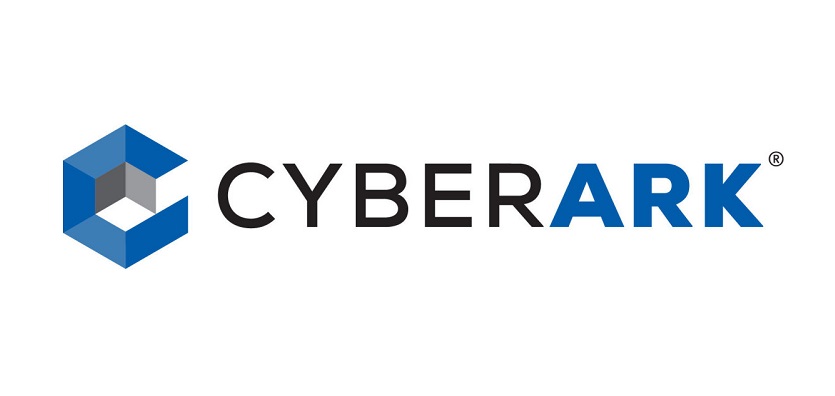As time goes by, criminals are developing more and more complex methods of obscuring how their malware operates, making it increasingly difficult to detect and analyze. The list of tactics used is seemingly endless and can include obfuscation, packers, executing from memory with no file drop, and P2P botnet architecture with frontline command and control servers (C2s) and gateways being compromised websites. Add to these tactics the concerns about Domain Generations Algorithms (DGA), Fast Flux and Dynamic DNS, and you complicate the mix even further.
Tracking all of these elements might be difficult, but in all honesty, you don't need 10 years of experience in malware analysis and a bunch of certificates to help you win this battle. You just need to experiment. One great way to learn about malware is to build your own home lab and play with actual malware samples within this environment. This can be a fun and educational project even if you are not an InfoSec pro. If you do happen to be an InfoSec pro, the things you learn in your home lab just might help you do your job more effectively. So how do you set one up? A few simple guidelines will get you started.




